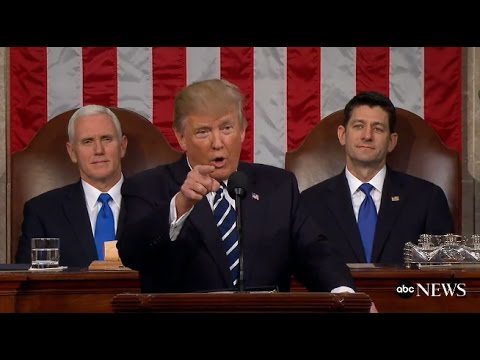Global seed vault at risk — and climate change is to blame, say experts – Home | The Current with Anna Maria Tremonti

Wednesday May 24, 2017
more stories from this episode
In Norway’s Svalbard archipelago, at the northernmost tip of Europe, sits the Svalbard Global Seed Vault.
In a protected chamber dug into the side of a mountain sit almost a million types of seeds, waiting for withdrawal if the effects of climate change, natural disasters or war mean the plants become threatened.
But the seed bank itself was threatened by climate change this year after an unexpected rainfall, say experts.
“[The rain in Svalbard] is very unusual,” says Hege Aschim for Statsbygg , the Norwegian organization responsible for the operation of the vault.
“I think it’s the first time I’ve experienced it,” he tells The Current ‘s guest host Duncan McCue.

The ‘doomsday’ seed vault in Norway’s Svalbard archipelago has received almost a million seed samples from gene banks and organizations around the world. (David Keyton/AP file)
The rain leaked into the entrance of the tunnel leading to the seed vault — but Aschim says the vault and the seeds themselves were never in danger.
However, climate change has meant that the permafrost around the vault isn’t working to protect it as effectively as usual. Aschim’s organization is making changes to make sure this doesn’t threaten the vault.
“This is the world’s heritage,” says Aschim.
“It’s a very important place for us, for the human race.”
Seed vault insurance
American agriculturist Cary Fowle r — sometimes called the “father” of the Svalbard seed vault for his role in developing the project — says the effects of global warming are being taken into account at the vault.
“The impact of climate change is global and we’ll deal with it in Svalbard like we would have to have done anywhere else,” he tells McCue.

Norway’s Global Seed Vault was opened to replace seeds damaged in the Syrian war. (John McConnico/AP)
Fowler says the Svalbard seed vault is a type of backup to other smaller seed banks around the world.
“It’s like any other insurance policy, like your health insurance or car insurance,” Fowler explains.
“You never really want to use it but when you need it, it’s really good to have.”
University of Calgary’s Maria Zytaruk studies the long history of seed banks.
She says that while projects similar to this one have existed since the 18th century, there’s a sense that a critical need for the seeds has grown.
“The urgency to seed saving — that’s what has changed,” Zytaruk tells McCue.
“The threats to biodiversity because of development, changing land use, global warming — all of these things have contributed to plants being so very threatened.”
Listen to the full segment at the top of this web post.
This segment was produced by The Current’s Howard Goldenthal, Samira Mohyeddin and Idella Sturino.
Source link

